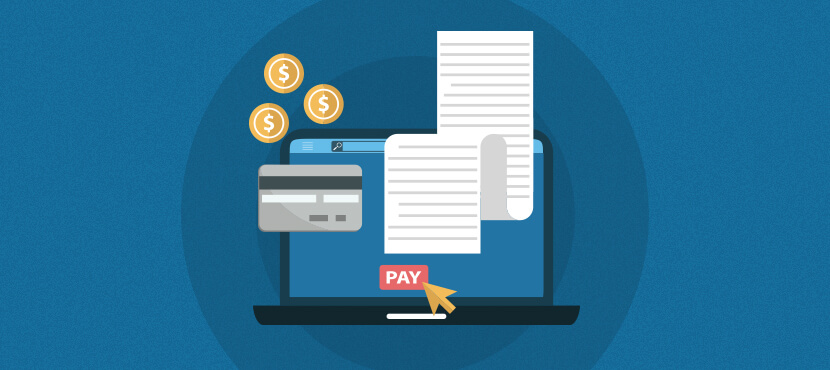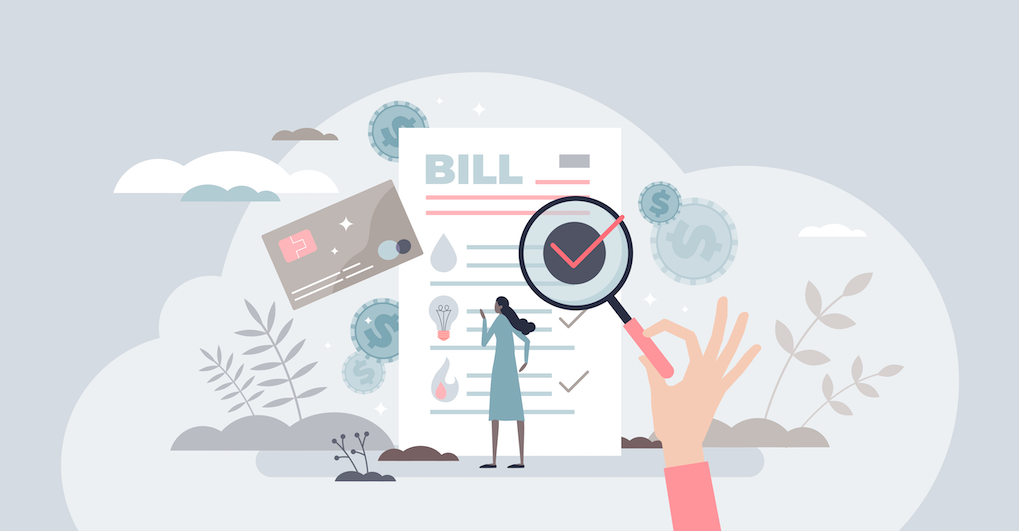Understanding fake utility bill as proof of address is crucial. If you need to provide proof of address, a utility bill is one of the most commonly accepted documents. However, not all utility bills are legitimate, and presenting a fake bill as proof of address is a criminal offense. In this article, we will explore the different types of fake bills and how to identify them so that you can ensure that you only provide legitimate documentation when it needs to be provided.
Types of Fake Utility Bills and How They’re Used for Fraud
Online merchants who specialize in producing fraudulent documents for a fee produce one form of fake utility bill. Although this type of false bill frequently lacks information that is typically contained on the actual fake utility bill for proof of address, it has to be swiftly discovered. These specifics include, among other things, usage data, invoice numbers, and dates. Furthermore, it is easy to spot bogus invoices that were produced online, since they frequently include fictitious account numbers and payment information.
Another type of fake bill is one that is doctored or manipulated to misrepresent the actual amount owed or the period of service. Those who need to lower their debt or qualify for discounts or incentives are not eligible to commit this type of document fraud. To identify a doctored bill, compare it with other bills from the same provider to check if the invoice numbers, dates, and service periods match.

Protecting Yourself from Utility Bill Scams
A third type of fake bill is created using stolen or forged documents from legitimate customers. This type of fraud is often challenging to detect, as the bills are made to look like real ones and the account numbers and other details match those of real customers. To identify these bills, you need to contact the utility company to verify if the account number and other details match their records.
The Importance of Verifying Utility Bill Authenticity
Lastly, some criminals use fake bills as part of a larger scam that involves impersonating utility company representatives or employees. In these cases, the criminals contact people by phone or email, claiming to be representatives of a company.
They then request payment for supposed unpaid bills or threaten to disconnect the service if payment is not made. To protect yourself from this type of fraud, there needs to be a way to verify the authenticity of any communication from a company by contacting the company directly using their official phone number or email address.
In conclusion, to identify fake bills, you need to compare them with real ones, check for discrepancies in details such as account numbers, dates, and service periods, and contact the company to verify the authenticity of the bill.

